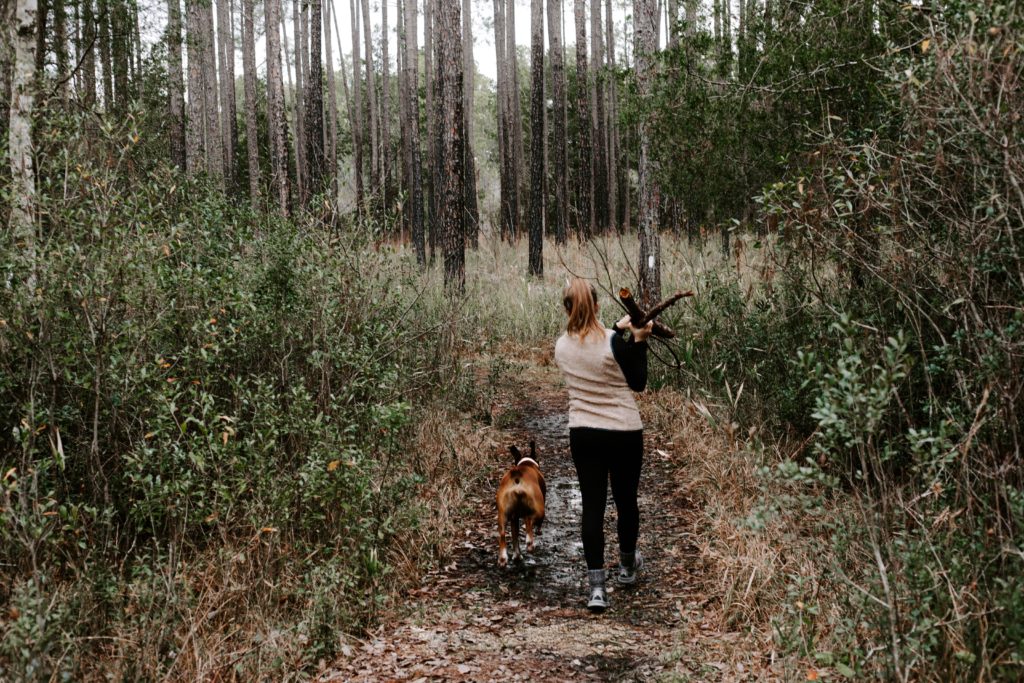Camping in the great outdoors is a thrilling adventure that allows us to connect with nature and experience the beauty of wildlife. However, it’s crucial to approach camping responsibly to ensure the safety and well-being of the animals that call these natural spaces home. In this guide, we’ll explore essential tips to help you minimize your impact on wildlife and create a harmonious coexistence while enjoying the wonders of the wilderness.
Choose Leave No Trace Campsites:
Selecting a campsite that adheres to Leave No Trace principles is the first step in promoting animal safety. These designated sites are established to minimize the environmental impact of camping activities. Follow established trails and camp at least 200 feet away from water sources to protect aquatic ecosystems and reduce disturbance to wildlife habitats.
Proper Food Storage:
Wild animals are naturally attracted to the smell of food, and improper storage can lead to dangerous encounters. Invest in bear-resistant food containers or bear bags to secure your food and prevent wildlife from being attracted to your campsite. Keep all food items in sealed containers and dispose of waste in designated trash bins to avoid drawing animals into your camping area.
Respect Wildlife Distances:
While observing wildlife is a highlight of camping, it’s crucial to maintain a respectful distance. Use binoculars and cameras with zoom lenses for close-up views without intruding on their space. Avoid approaching or feeding wild animals, as this can disrupt their natural behavior and create dependency on human food.
Campfire Considerations:
Campfires can have a significant impact on wildlife, so it’s essential to follow responsible fire practices. Use established fire rings and adhere to local fire regulations. Avoid collecting wood from the immediate surroundings, as it serves as habitat for various creatures. Extinguish fires completely before leaving your campsite to prevent harm to both wildlife and the environment.
Limit Noise Pollution:
Wildlife, especially nocturnal animals, can be highly sensitive to noise. Keep noise levels to a minimum, especially during the evening and early morning hours. This will help minimize stress on wildlife and allow you to enjoy the natural sounds of the wilderness.
Stay on Designated Trails:
Venturing off designated trails can disturb fragile ecosystems and disrupt animal habitats. Stick to established paths to minimize your impact and avoid trampling vegetation that serves as food and shelter for local wildlife.
Observe Ethical Wildlife Photography:
If you’re passionate about capturing the beauty of wildlife through photography, do so responsibly. Use long lenses to avoid getting too close, and be patient to capture shots without causing distress to the animals. Refrain from using flash photography, as it can startle or disturb them.
Conclusion:
Camping is a wonderful way to experience the beauty of nature, and by following these guidelines, you can ensure that your outdoor adventures have minimal impact on the local wildlife. Remember, responsible camping not only safeguards the environment but also contributes to the long-term preservation of these precious natural spaces for future generations.

